© 2023 Dr Margaret Sheppard
Makara
Makara means Dragon and Makara has appeared in Singhalese mythology, art and sculpture from very early times, probably even from the pre-
The images of Makara are seen everywhere in Sri Lankan Temple architecture, art and sculpture. The entrances to Temples is often through a Makara-


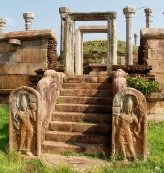

Northern Ancient Temple Ruins
Makara sculptures in ancient Temples
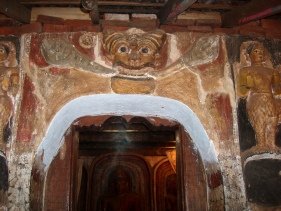

Temple near Tangalle

Near East Coast


South Eastern Temple Ruins
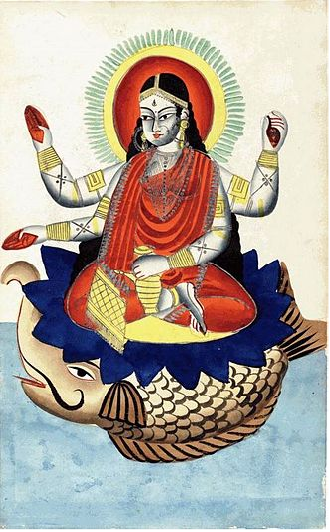
In Hindu mythology, Makara is a sea creature who is the “vehicle” of the Hindu River Deities -
Image from Wikipedia)



Makara depicted on the artwork of the 3 day Community Tsunami Tovil 2005 in Ambalantota, Hmbantota District. Makara was believed by many to have been responsible for the Tsunami as a punishment to humans. Postcards and images depicting him were widely on sale in the aftermath of this terrible disaster.


Makara in sculpture on balustrades leading up to a Shrine at Mahiyangana Temple
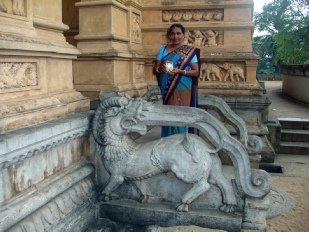


Makara depicted above entrance arch and on steps leading into Shrine, Kelanyi Temple near Colombo


Makara guarding steps up to enormous hill top Buddha sculpture near Kandy


Makara guarding Temple steps

Makara guarding entrances to Temple Shrines (the two on the left are at Kelaniya Temple,near Colombo)


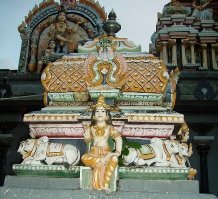
Hill Country Temple
KoneswaramTemple, Trincomalee
When I attended a special community tovil in 2005 provided by the Ambalantota Police Force following the devastating 2004 Boxing Day Tsunami that led to unprecedented loss of life, livelihoods and caused terrible destruction in this Hambantota District, images of Makara were displayed on the Performance Area. Many believed that the angry Makara was the cause of this Tsunami. Newspaper reports attributed this anger to the destruction of the environment, lack of respect for Poya Day (Boxing Day 2004 fell on the Full Moon -


Makara designs above these Buddha statues at Mulgirigala Temple near Tangalle. This Temple is built into caves on three main levels on a large rock overlooking the surrounding countryside. These statues of Lord Buddha are within the caves.